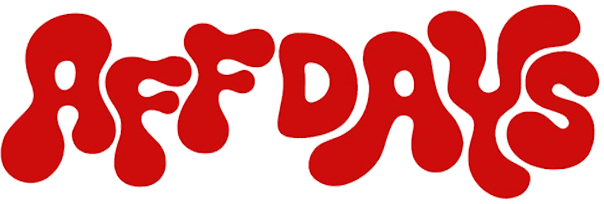A popunder is a type of ad that opens behind the page or window that a user has intentionally visited. Popunders remain hidden until the user closes or minimizes the current window. Once the user interacts with the popunder, a new tab opens in the browser, displaying the advertiser’s site while the original tab remains active. Popunder ad networks, in their turn, allow you to use this type of advertising and get the desired traffic:
-
1

195 GEOs
100+ million impressions daily
API automation
Good for e-Commerce, Nutra, Adult, Gambling, Dating, Sweepstakes, and more -
2

No content or GEO restrictions
Good for Dating, VPN, Utilities, Gambling, Betting
Top regions: the US, CA, UK, DE, ID, IN, BR, AG, JP, RU -
3

200+ GEOs
Good for iGaming, Dating, Software
CPC / CPM -
4

Good for Dating, Gambling, Betting, adult-oriented Nutra, Adult
Key GEOs: the US, Germany, India, Bangladesh, Ukraine, Russia, Kazakhstan, Uzbekistan, Belarus, etc. -
5

195+ GEOs
12 billion impressions daily
Good for Finance, e-Commerce, Mobile Apps and Utilities, Software, and Social niches -
6

Available in 195 GEOs
Good for Gambling, Nutra, Betting, Dating, Crypto, Sweeps -
7

20+ targeting options
248 GEOs
Good for iGaming, eSports, VPN, Utilities, Mobile Apps, Dating, e-Commerce, Subscriptions, Browser Extensions
CPM, CPC, CPA, CPL, CPI -
8

No GEO restrictions
Good for Dating, Gambling, Streaming Dates, OnlyFans, Games, Mobile Apps, VPN, Pin-Submit, e-Commerce -
9

Prices for 1000 unique Tier-1 visitors start from $4.00
Helps avoid AdBlock and other services alike


